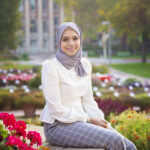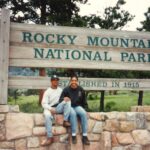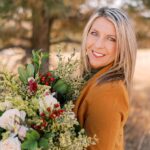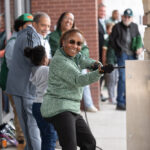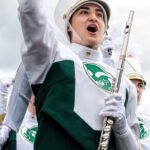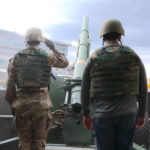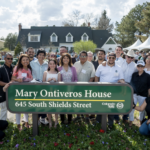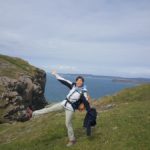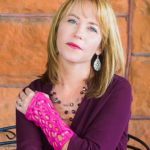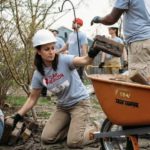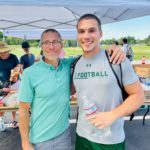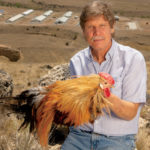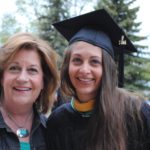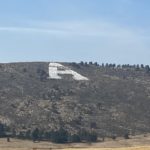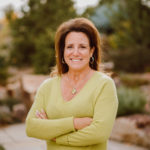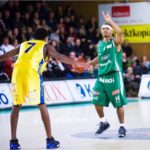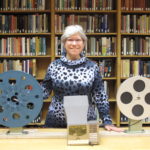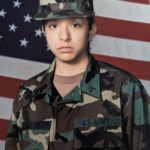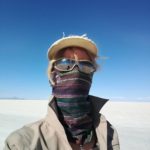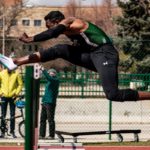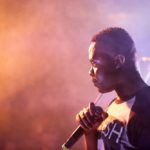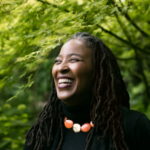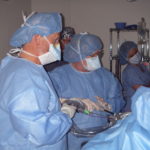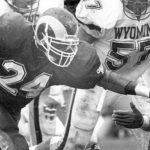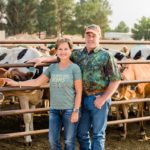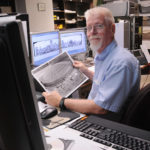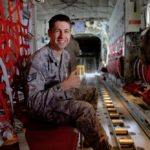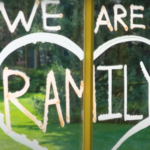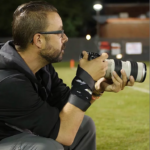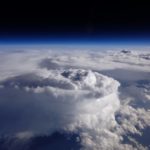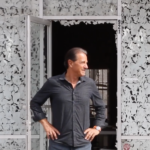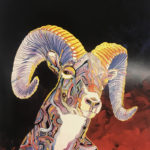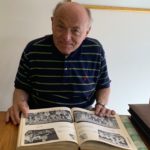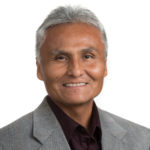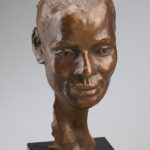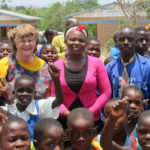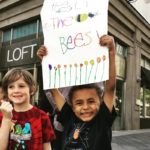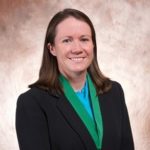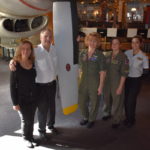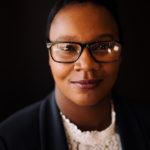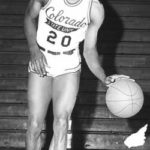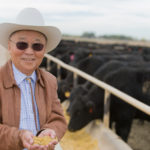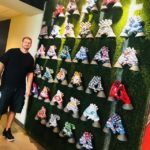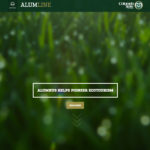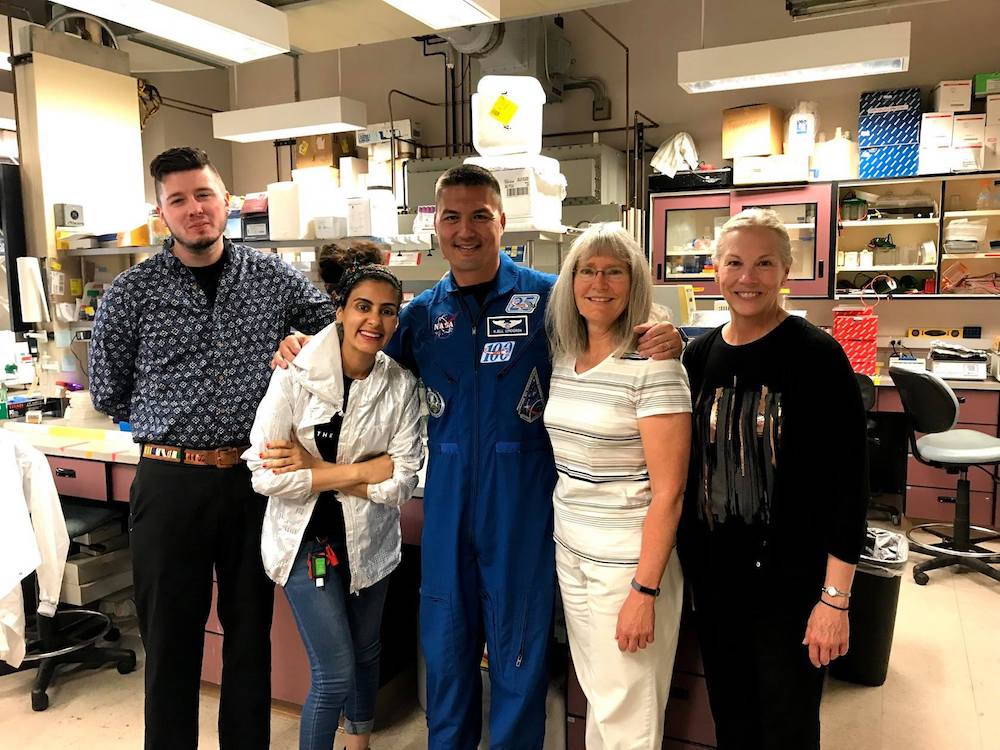
Imagine the excitement of being part of the NASA Twins Study, researching health effects due to extended time spent in space, while a student at CSU. Jared Luxton (Ph.D., ’20) not only participated in this and other groundbreaking research projects, he became so skilled at working with large data sets that it launched him on a wonderful career path.
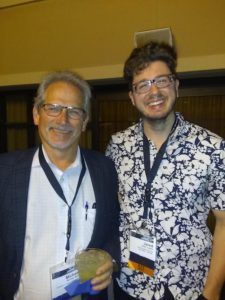
Luxton grew up in East Longmeadow, Massachusetts. He received his undergraduate and master’s degrees from Western New England University and the University of Massachusetts Lowell, respectively. When he was looking for a Ph.D. program in cell and molecular biology, his sister, India (M.A., ’15), who was enrolled in the CSU graduate program in sociology, recommended he explore becoming a Ram.
After learning that he might be able to work with Dr. Susan Bailey (B.S., ’76) in her research with astronauts, Luxton and his fiancé Peggy packed up the car and moved to Fort Collins. He became a research assistant with Dr. Bailey, looking at DNA damage and attempting to learn how that damage, specifically inversions, which are like ripping out a page and gluing it back, impact health. They studied telomeres, which are at the end of a chromosome and protect it from deterioration or fusion with other chromosomes. Their research found that astronauts’ telomeres got longer while they were in space. Dr. Bailey and Luxton published many articles about these findings; he was lead author on two of them. Their work, combined with that of more than 200 other researchers, resulted in the largest data set of space biology and astronaut health effects ever produced.

While at CSU, Luxton worked on other research projects. One was a multidisciplinary study with members of the Sociology Department, including his sister. It focused on elderly individuals and how interventional support such as dance, horseback riding, and community settings, affected cognitive functioning and depression as well as whether telomeres in the elderly lengthened as a result of these interventions. He also worked on a research project studying prostate cancer patients and how they responded to radiation therapy. This research again focused on telomeres as markers of health. Included in the project was analysis of how the Fukushima nuclear disaster affected the health of wild animals.
During his Ph.D. program, Luxton became extremely skilled at working with Python, a high-level, interpreted programming language used in large-scale projects. This, in addition to his breadth of experience gained as a Ram, positioned him to be hired as a data scientist at the U.S. Department of Agriculture while still working on his dissertation. He recalls spending “my days working at the job and my nights working on the dissertation.” At the USDA, Luxton works with large data sets and helps other groups access, compile, and analyze all manner of agricultural data; he also creates electronic forms for data capture.
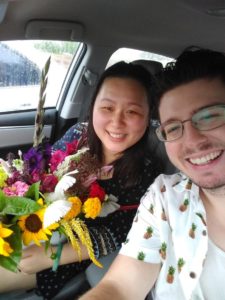
Luxton describes joining the USDA as “one of the best decisions of my life” and praises his “welcoming, supportive coworkers.” The interesting thing about that is, USDA employees, like so many others, have been working from home since Luxton was hired in April, so he has never met any of his coworkers in person.
As this Alumni Association member looks back on his student days at CSU, he will have fond memories of meals with his now-wife Peggy at the Silver Grill, sitting under heaters on its back porch, and of coffees at the Wild Boar. As for campus, the place he will remember is “the inside of MRB [Molecular & Radiological Biosciences] where I spent all my time!”
